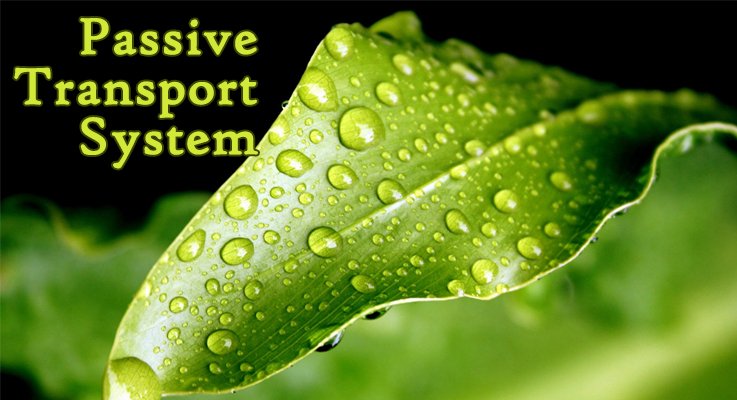
Transport system is a highly useful mechanism for the world. Almost humans can’t live without a good transportation system. They have to travel for getting foods, enjoying the life and for working on their day jobs. How could you do all of these without a good transport system in your city?
That’s how humans need transport system to travel. We belong to the group of animals under living organisms. Do you know there’s a transport system inside our bodies too and even in plants have their own transport system under that stem.
Plants have 2 methods of transport systems as,
- Passive Transport System
- Active Transport System
I’m not going to explain about Active Transport system in this post. Instead I’ll explain you about the Passive Transport system. So what is it?
What is Passive Transport?
Just like train transport system in your city, passive transport system occurs in plant life. Plant cells require water and other minerals obtained by the roots. There are higher stems, longer branches and every such place is made up of cells according to the cell theory.
Therefore every cell require their portion of the meal. That is known as the transport that occurs in plants.
After all, passive transport means the transport of minerals and water without using the energy of metabolism. There are 4 methods of this occurs,
- Osmosis
- Diffusion
- Evaporation
- Mass Flow
I’ll explain each of these methods and how they occur below.
Osmosis
Osmosis occurs through the plant tissues and it is a type of Diffusion. Some tissues let certain substances pass through it, such tissues could be known as Permeable Tissues. These permeable tissues may be permeable for one substance and not for the other
That kind of tissues are known as Selectively Permeable Membranes – (Semipermeable Membranes).
The water flowing process from less concentration place to a high concentration place through a selectively permeable membrane – Only for Water – is known as Osmosis.
Root hairs are special structures formed by a single cell on the epidermis of the absorbing area in the roots. Since the roots are under the soil, these root hairs too inside the soil. Cell liquid concentration of the root hairs are high while the water outside of the root hairs are low.
Hence the water enters to the plant through root hairs by Osmosis. Water go through the cells in contact with Xylem Tissue to whole plant. Other substance, mineral also enters to the plant through root hairs.
Diffusion
Do you have a perfume? Then take it an open the lid for a moment in your room. You’ll feel the smell of your perfume even without spraying a bit. The reason is smell of the perfume spreads in particles of matter.
Matter is formed with continuously vibrating particles. When particles are in a group where every particle is surrounded by other particles, they try to go away from the group.
Spreading of particles from a high concentration place with a low concentration place is known as Diffusion. So the actual flow of the perfume smell is, perfume particles spread to air particles and both of these particles are vibrating.
And gases have the ability of spreading through liquid, solid and other gas particles. Hence the perfume smell capture the whole room. 🙂
Here’s a simple experiment to see the diffusion. Take a small bottle filled with any color and put it in a water bucket taking the lid out. See what happens. As you can assume, color of the bottle slowly comes out and dissolve in water. Let it be there for few couples of minutes and you can see the water is fully transformed to the color of the bottle.
When the above process happens the concentration of colored liquid in the bottle gets lower while the concentration of water gets higher. After a while it becomes even in both. This is where the system is balanced.
Water enters to plants by using a type of diffusion known as Osmosis.
Evaporation
Every substance has its own boiling point. Water also has a boiling point of 99.8 °C. When the water reaches its boiling point, water particles transform to vapor state from liquid state. However, water have the ability of vaporizing without reaching the boiling point.
But the evaporation rate is less than the rate at its boiling point. So what’s exactly the evaporation?
The process of water entering vapor state from liquid state without coming to the boiling point is known as Evaporation.
Did your clothes dried even without exposing to sunlight? That’s because of this evaporation process.
The water flowing to the leaf central cells and xylem cells of leaf veins enter intercellular spaces by using the evaporation.
Mass Flow
Since the fact that pressure difference at 2 points, water and minerals which enters to the plant can flow through xylem conducting tissue and cell walls. These cell walls are made from very small fibers with tiny spaces between each other.
The salts dissolved in the water also carried by mass flow.
So that’s how passive transport system does its job for the plant life. You can learn about the other method of plant transport systems in a separate post. It is a good deed to share the knowledge with your friends, so don’t forget it!
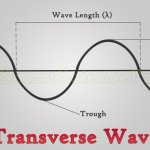
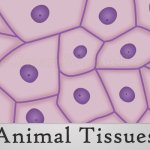




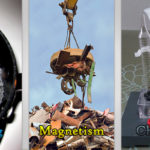
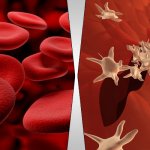
Leave a Reply